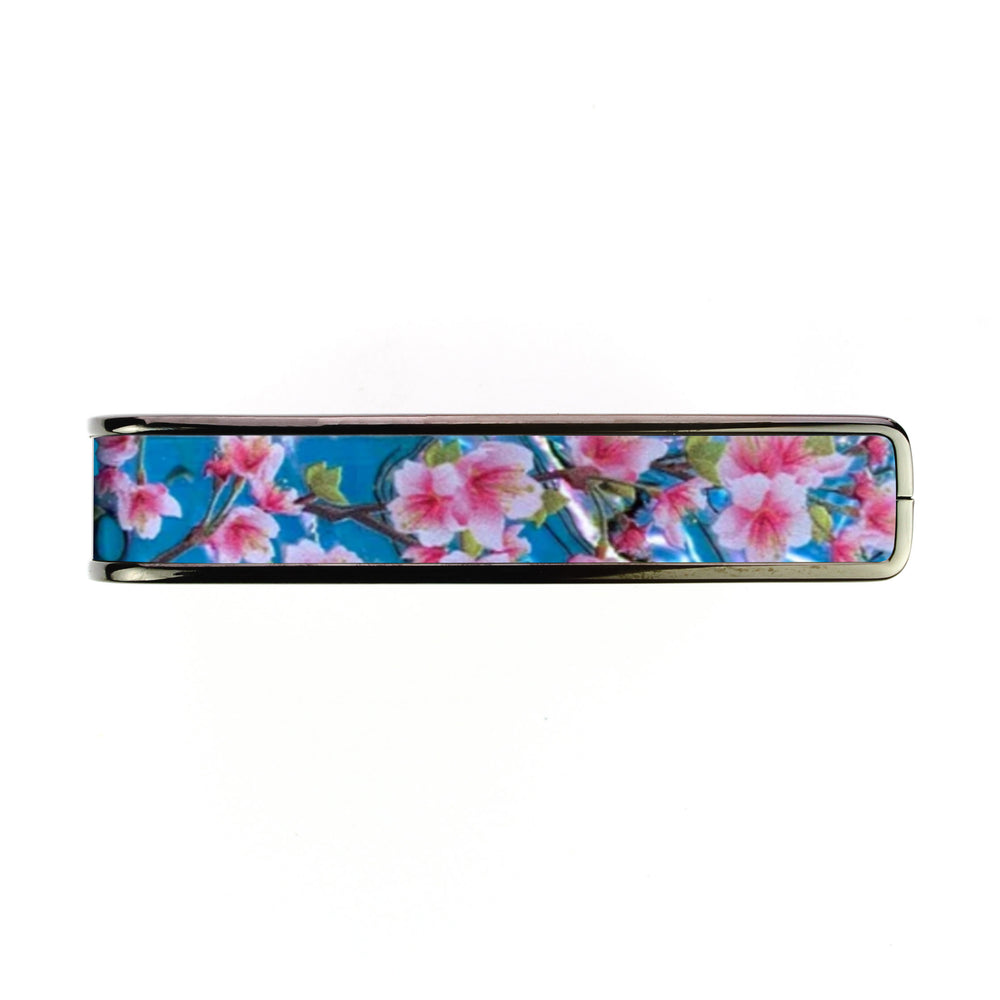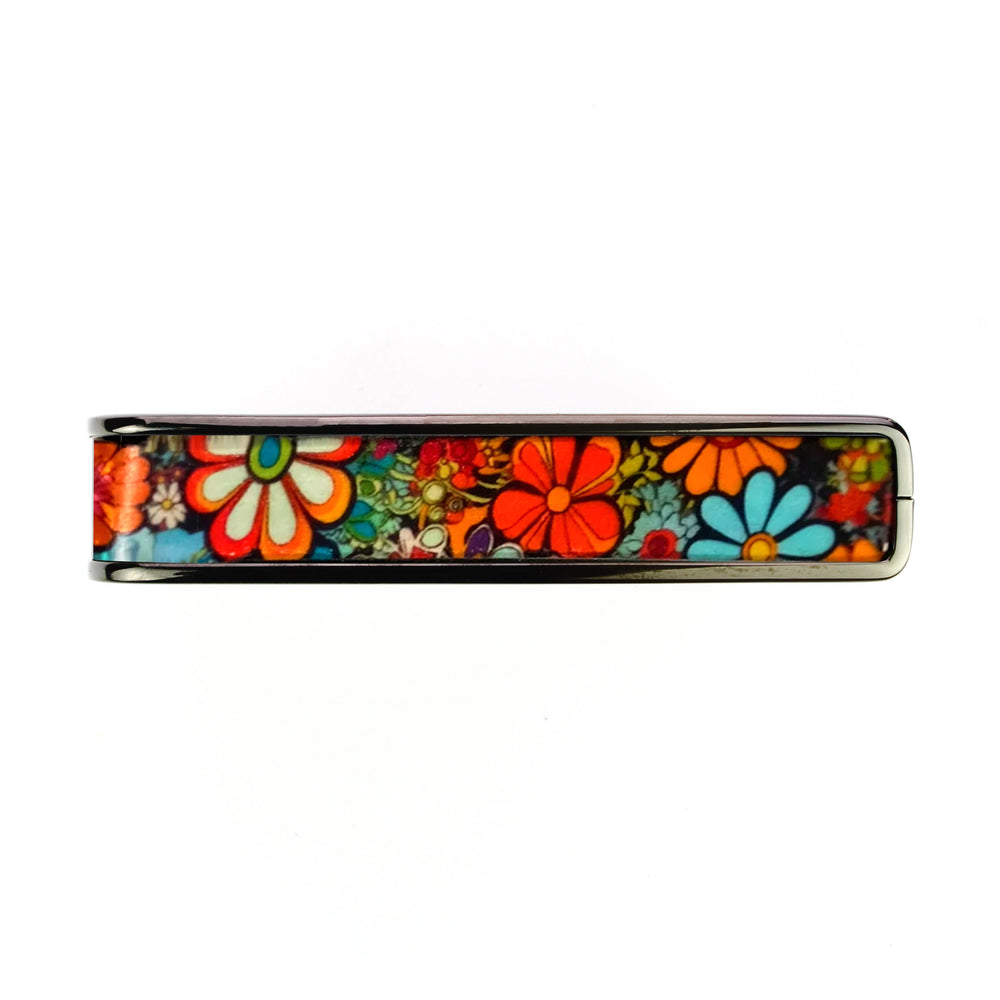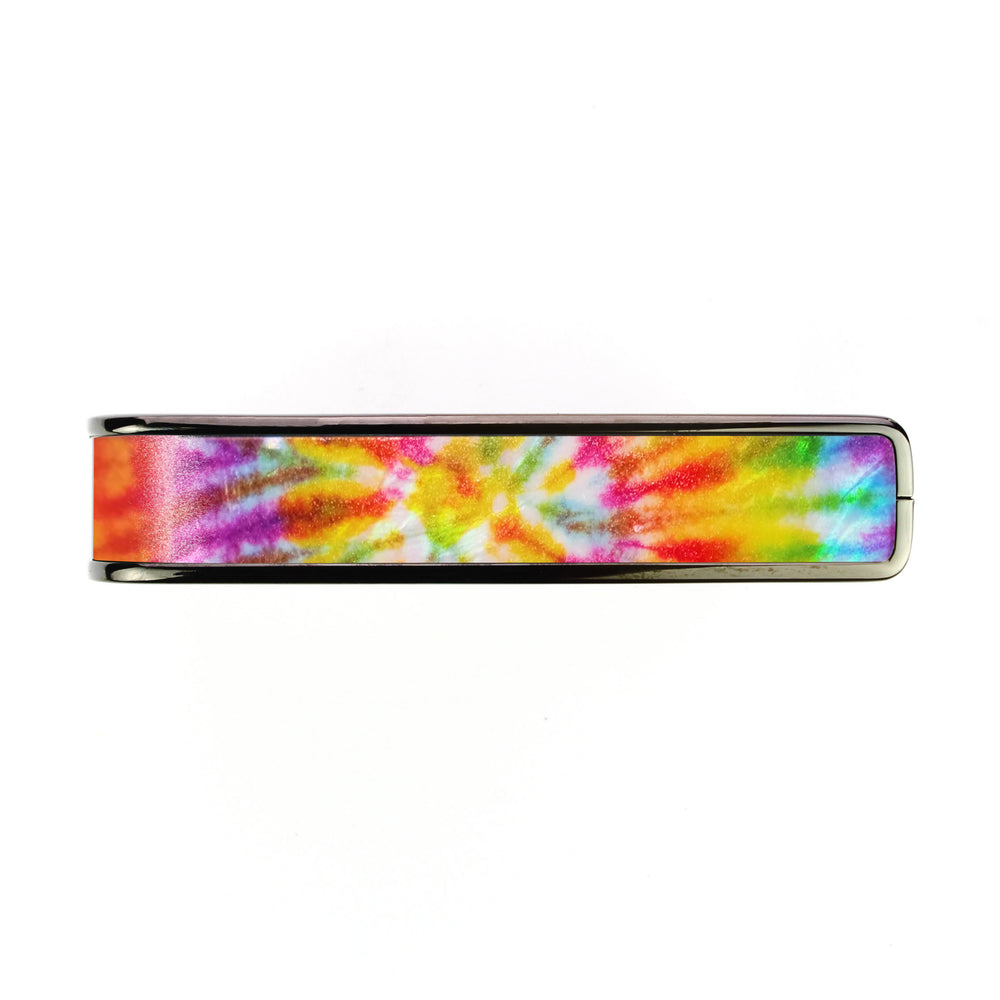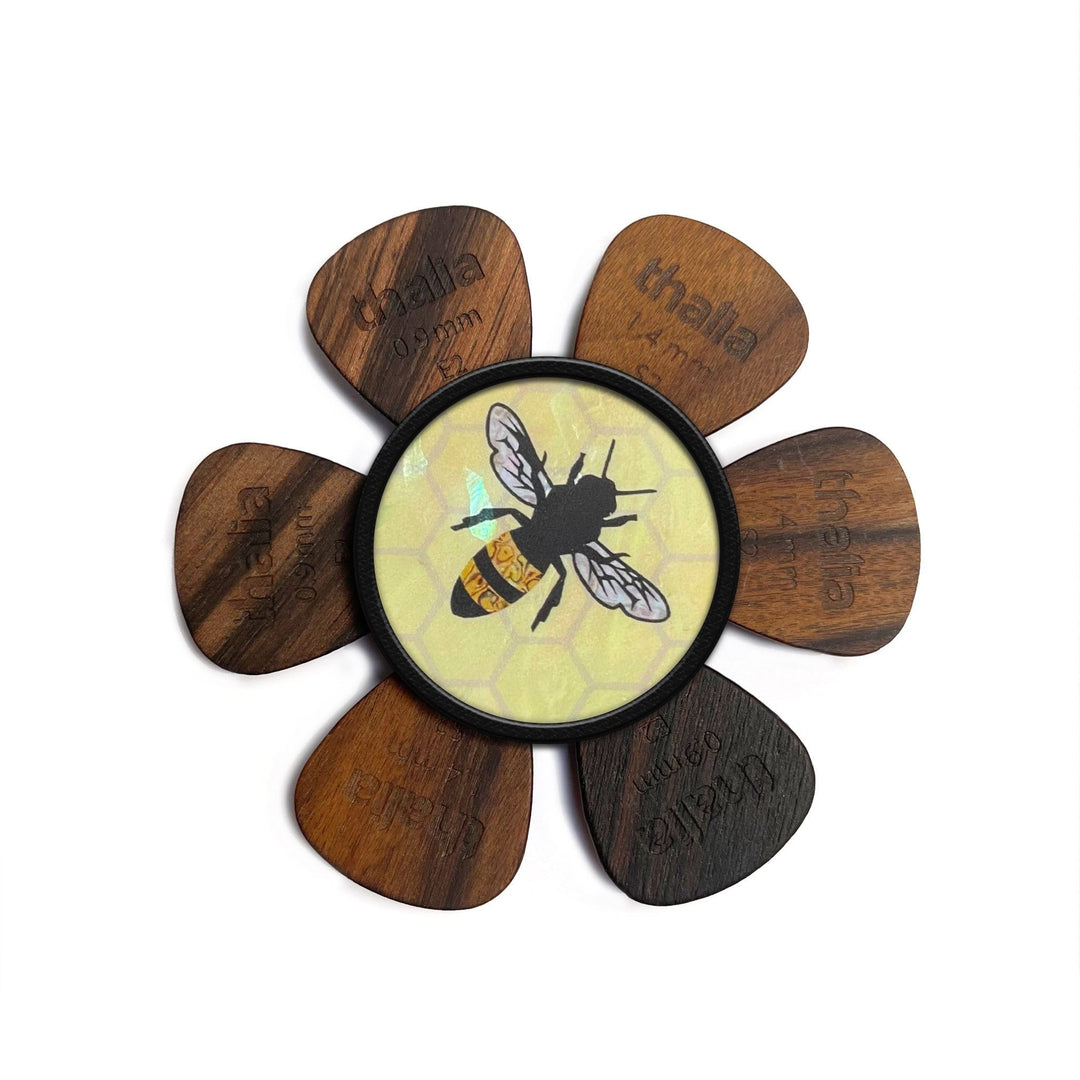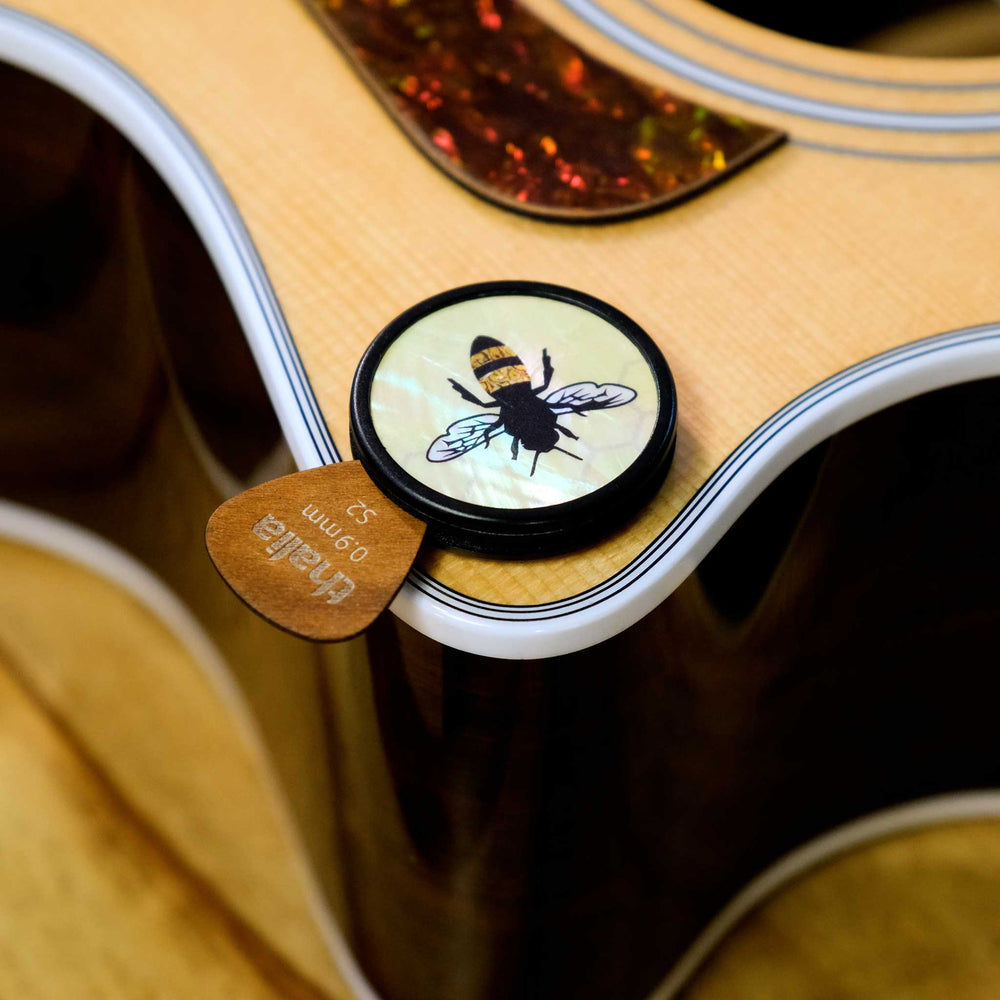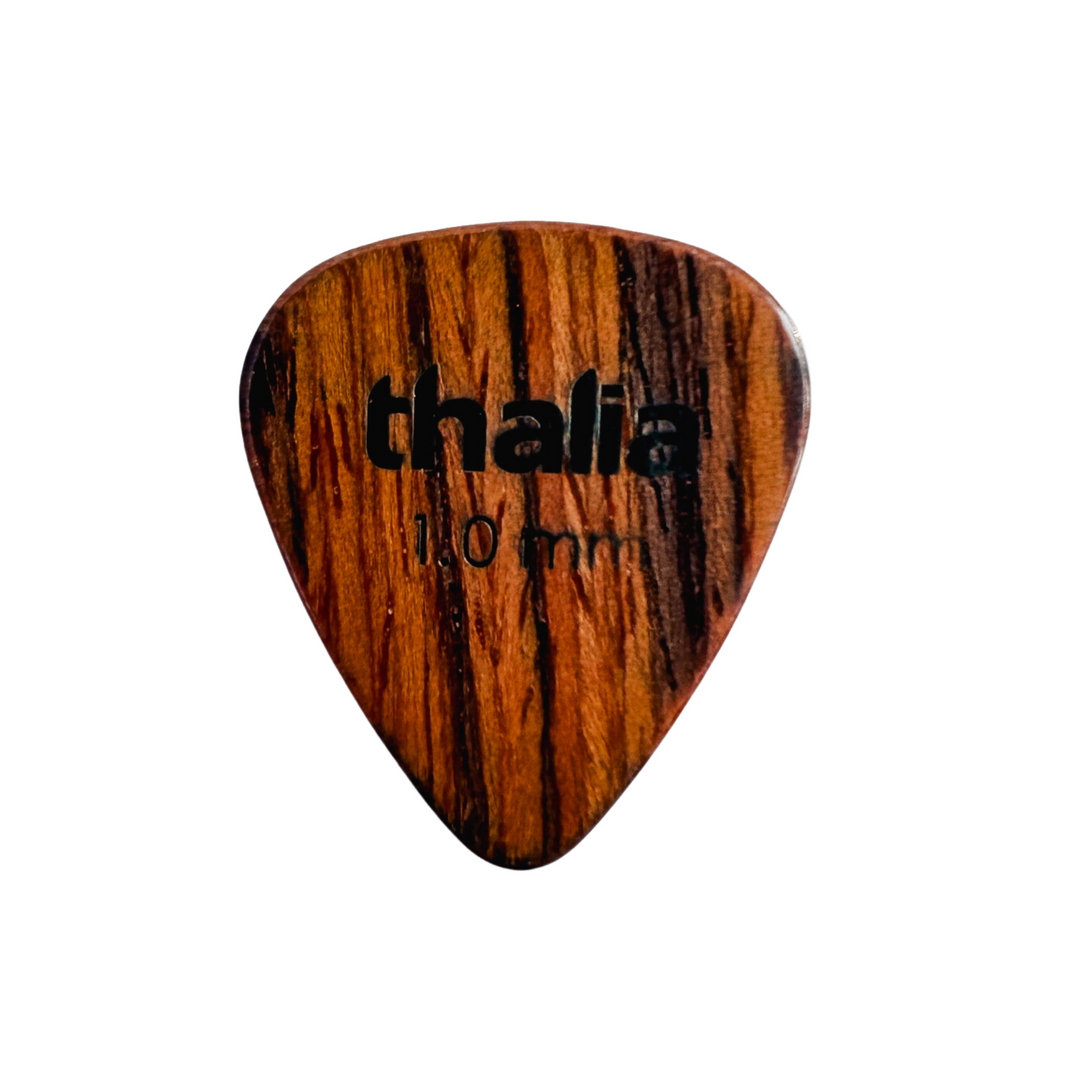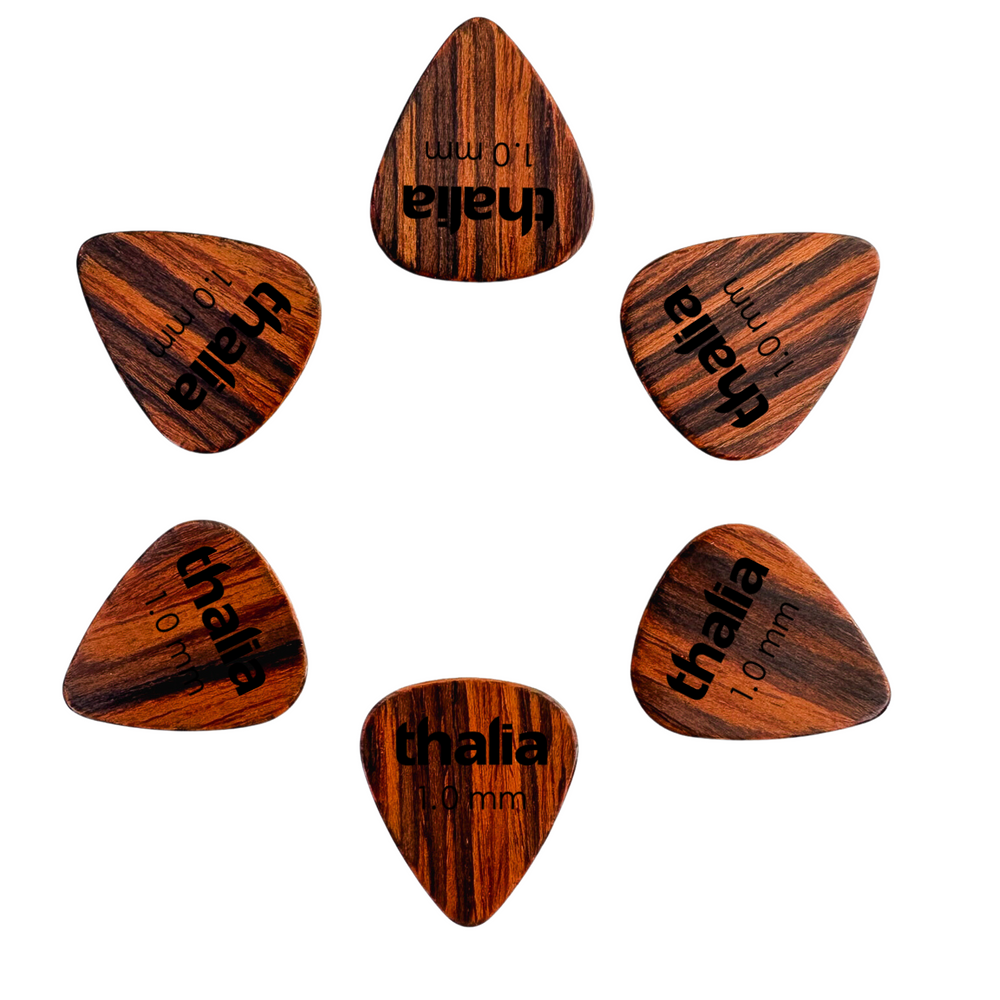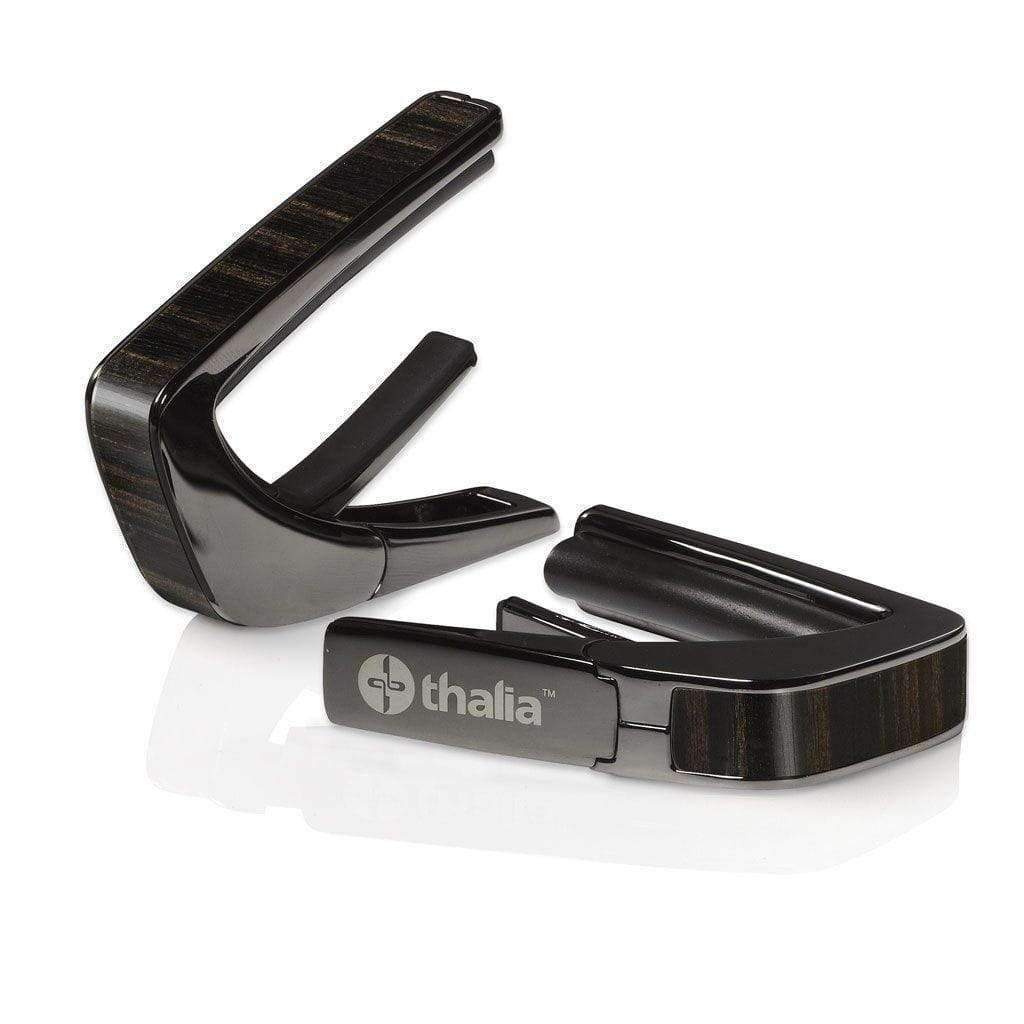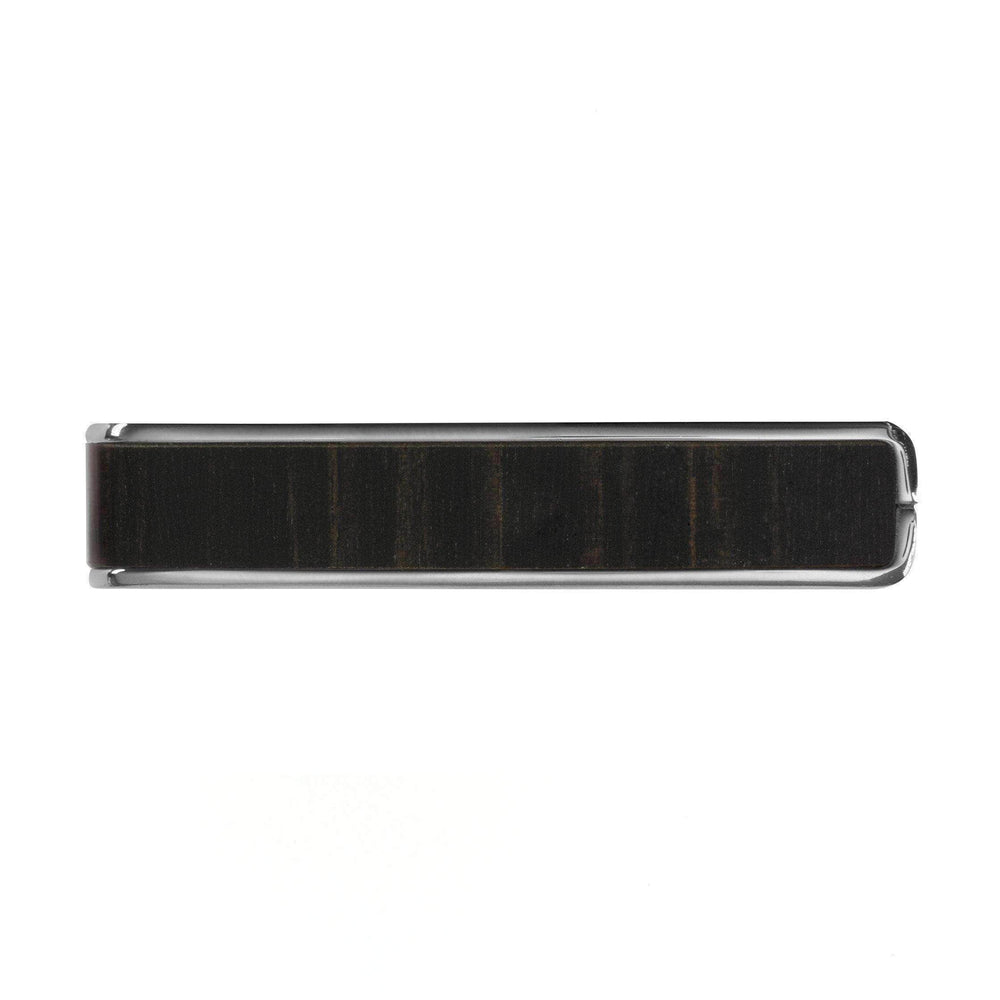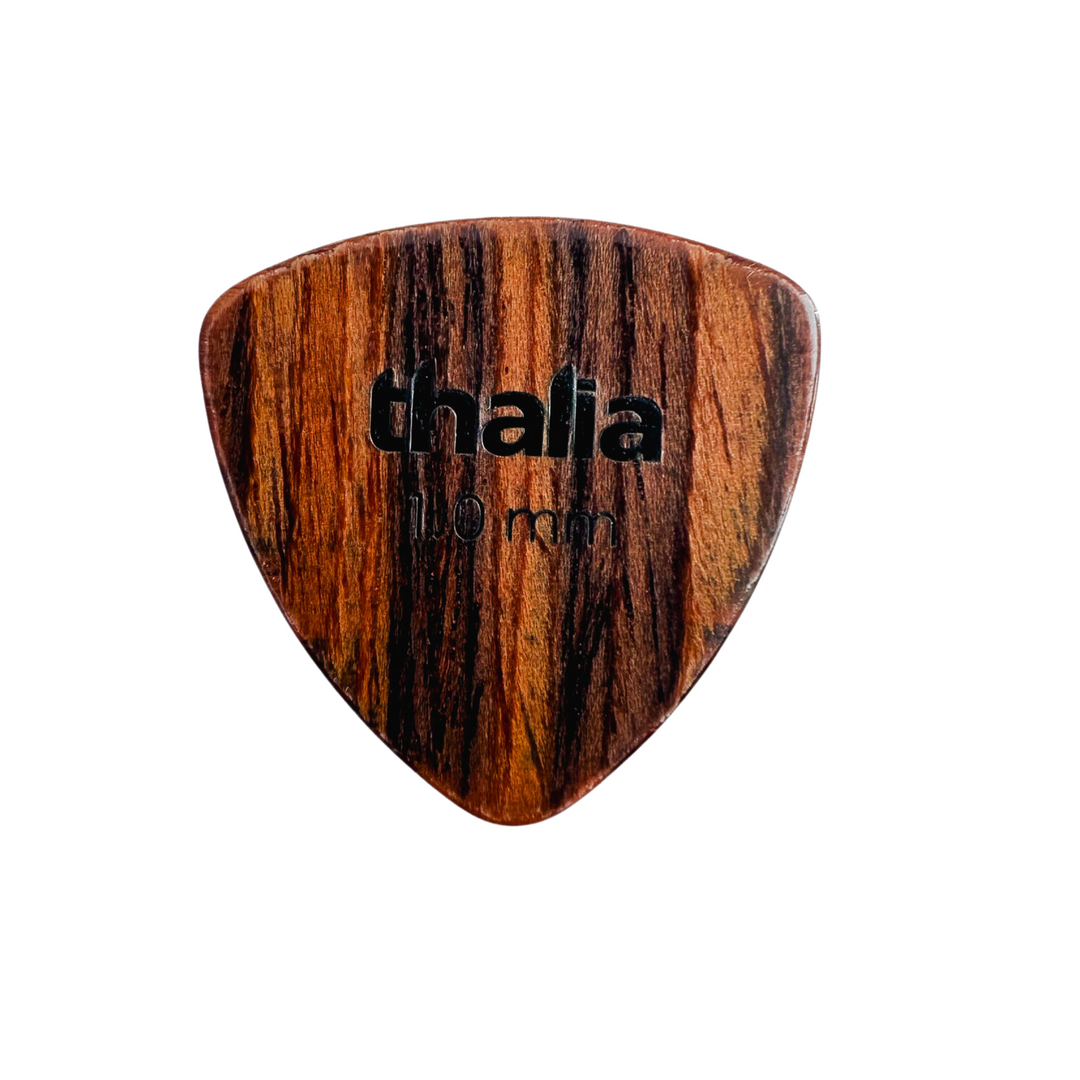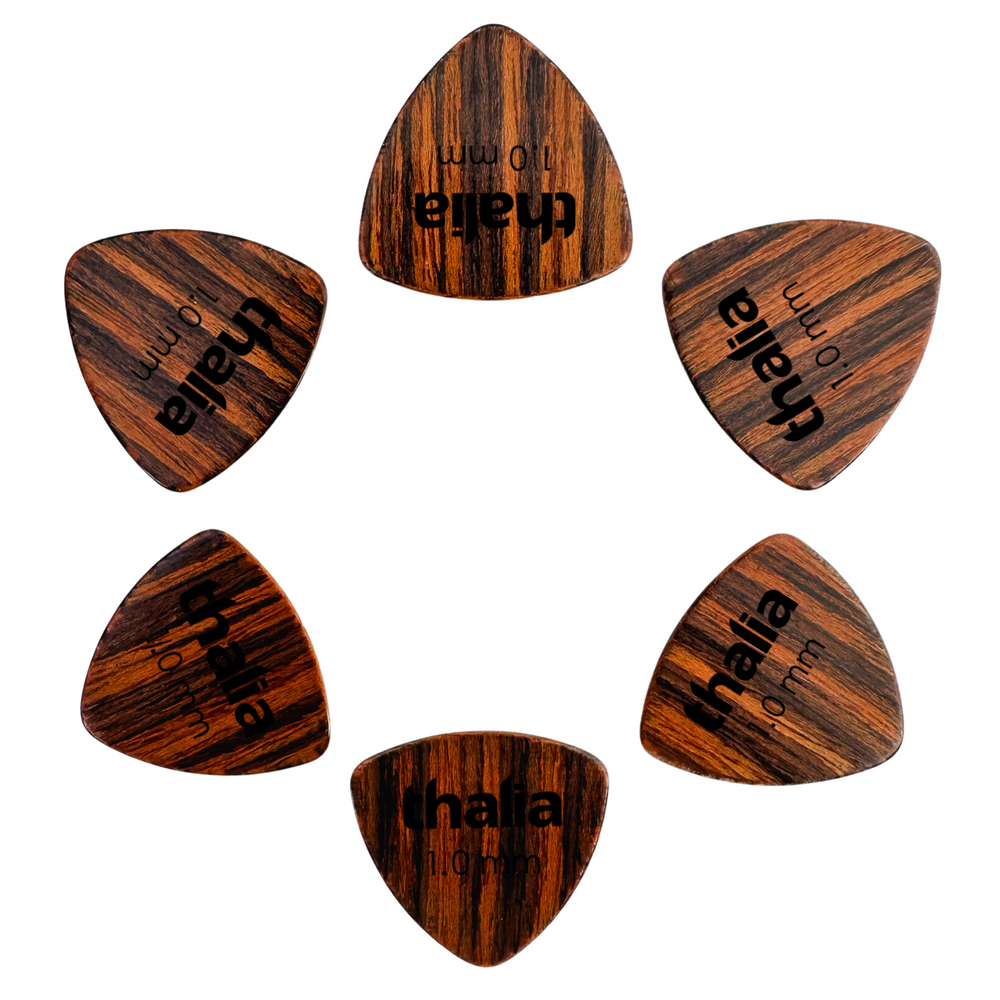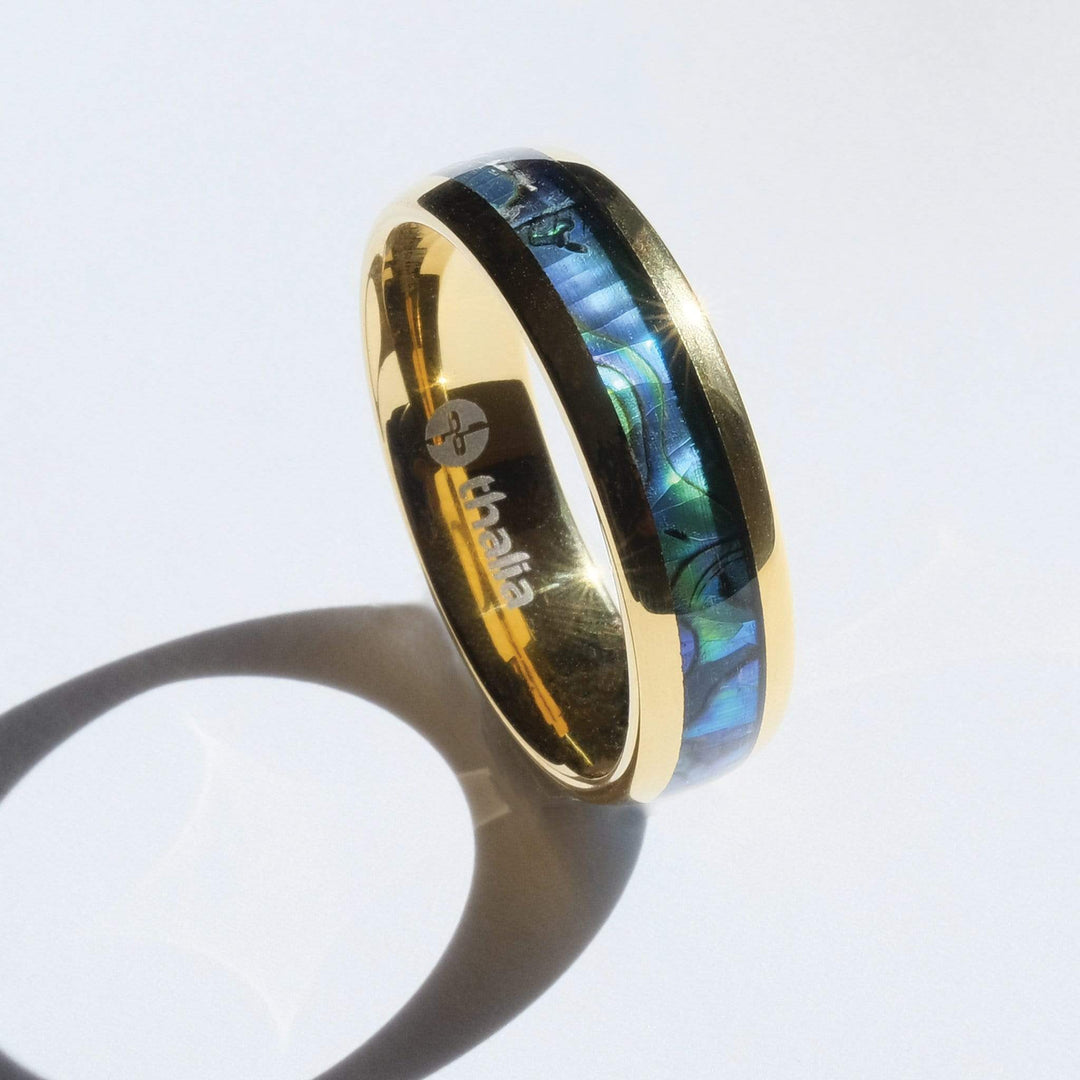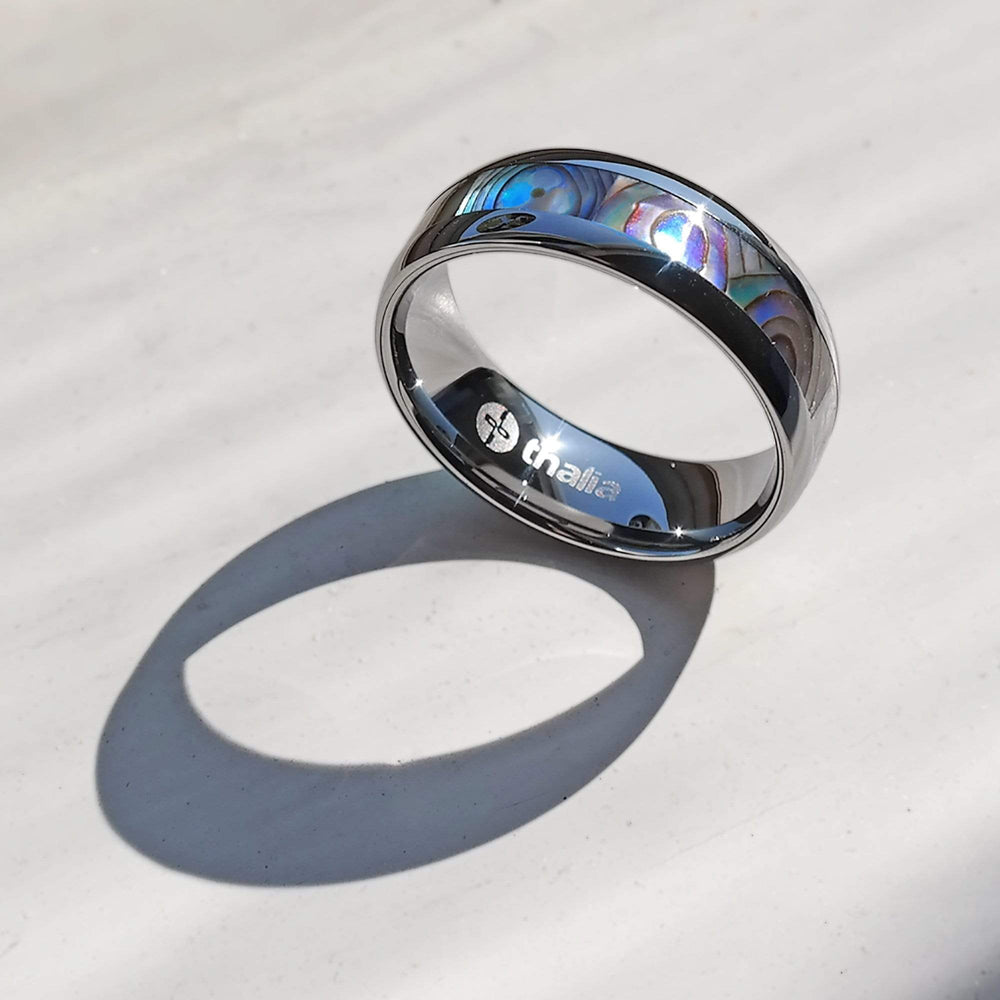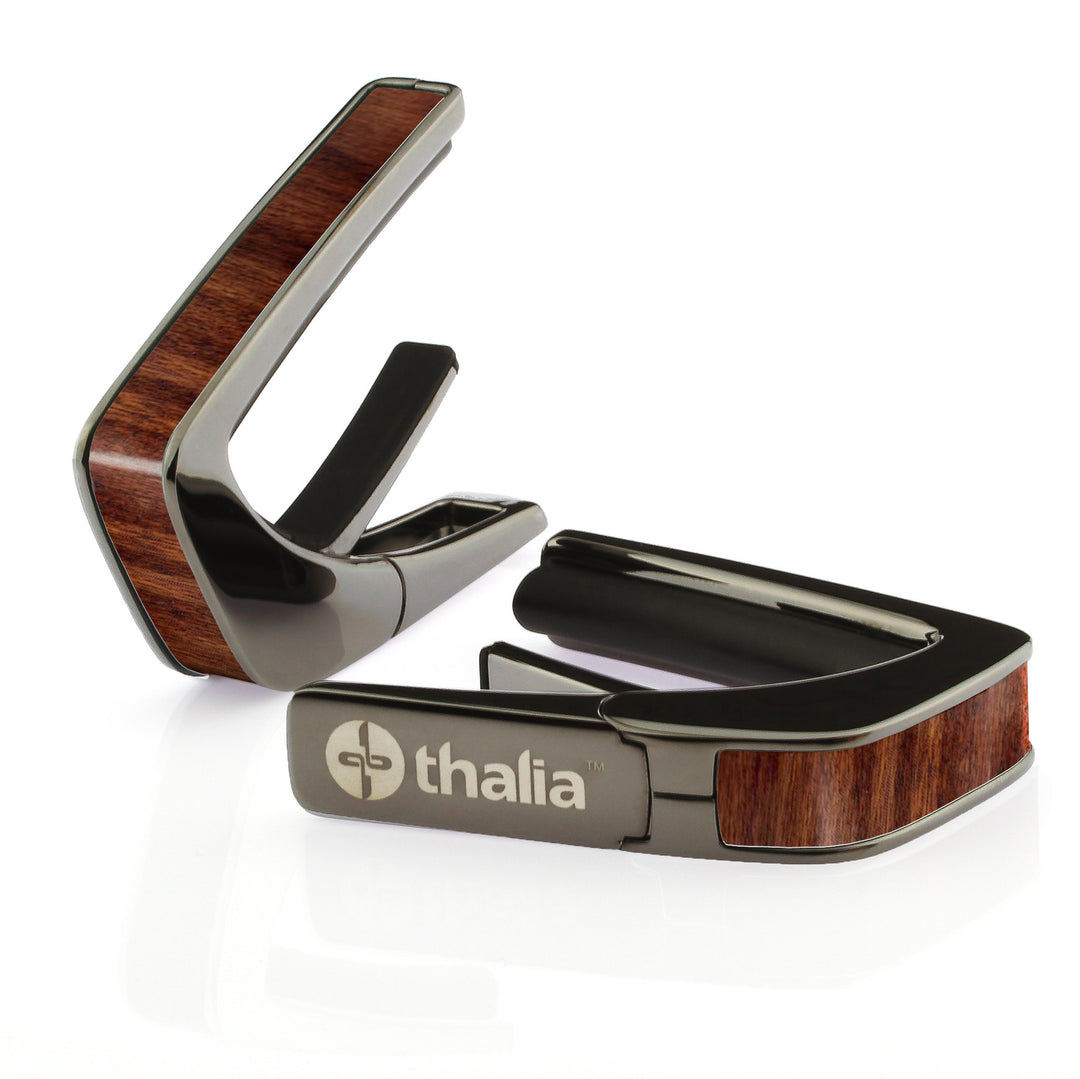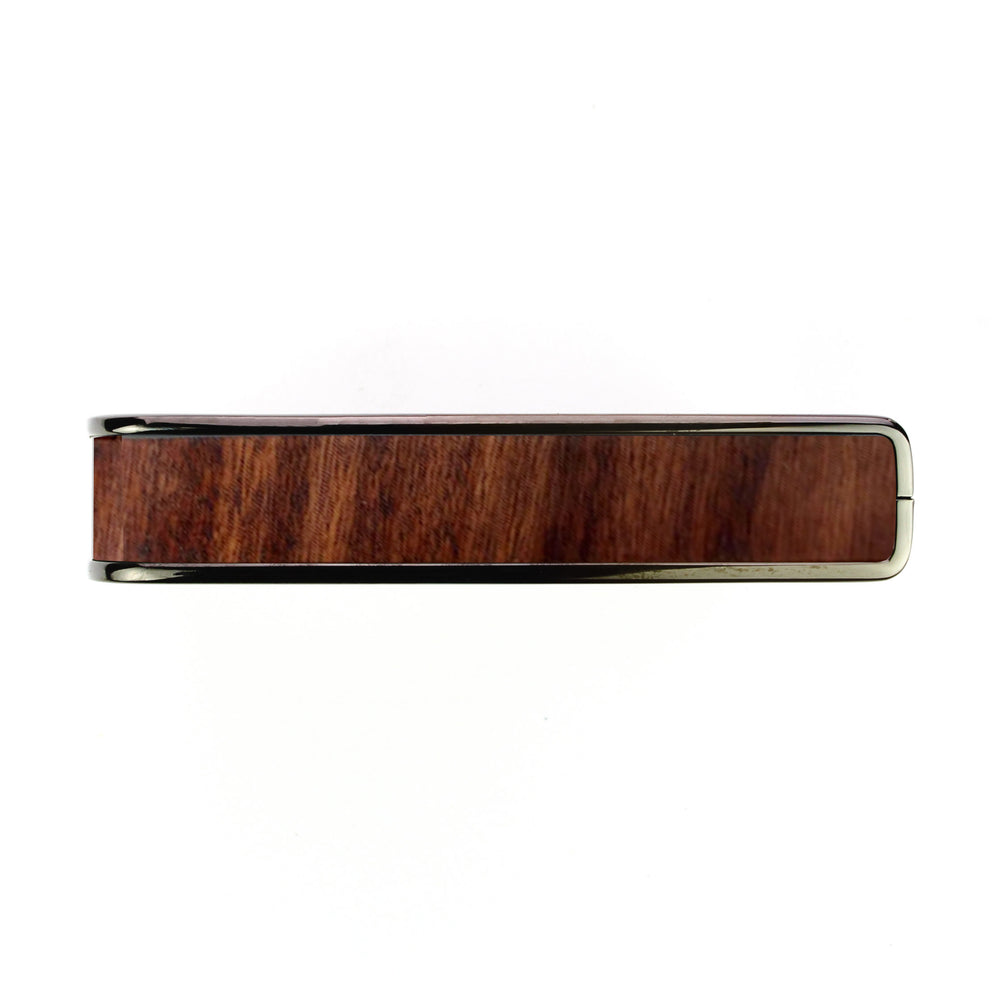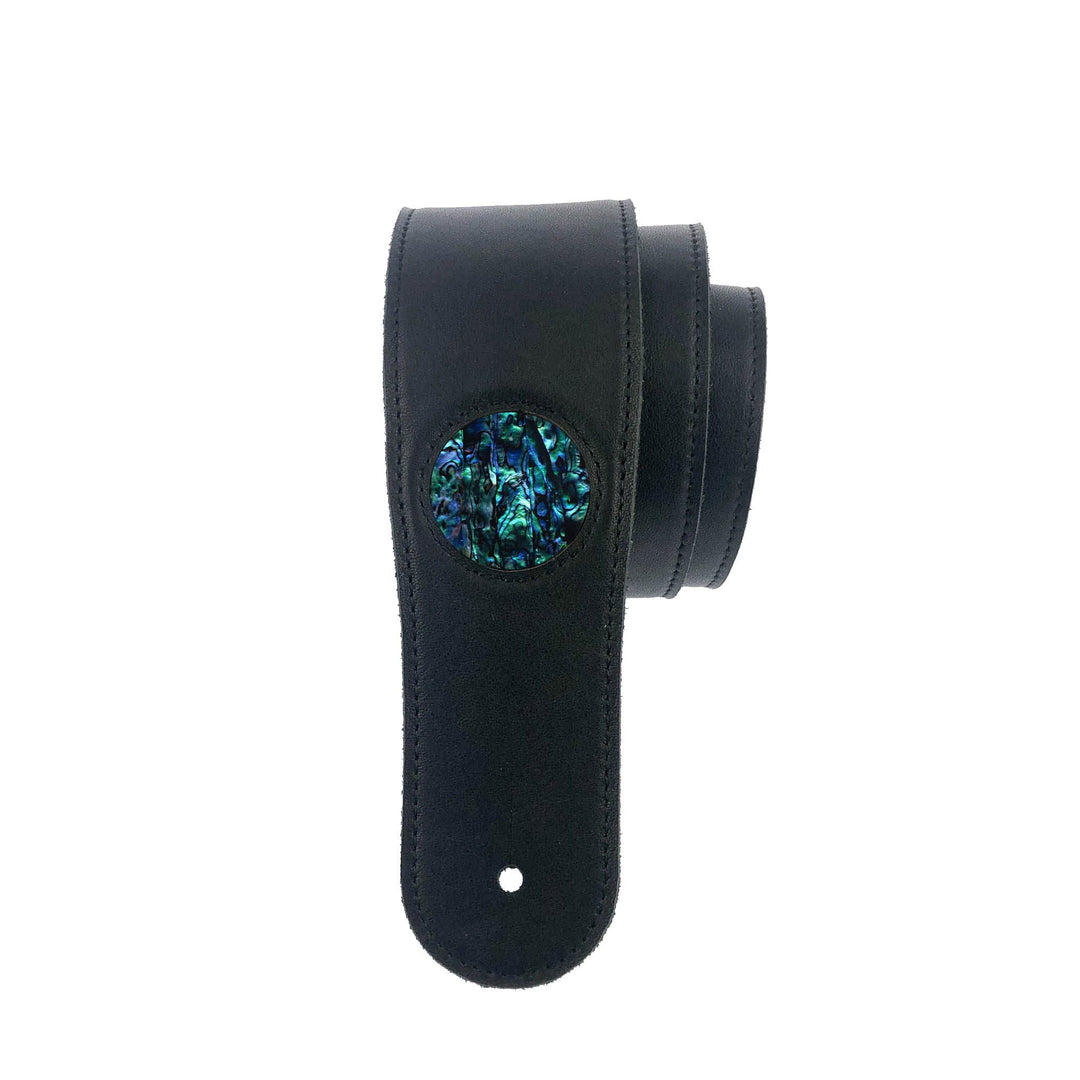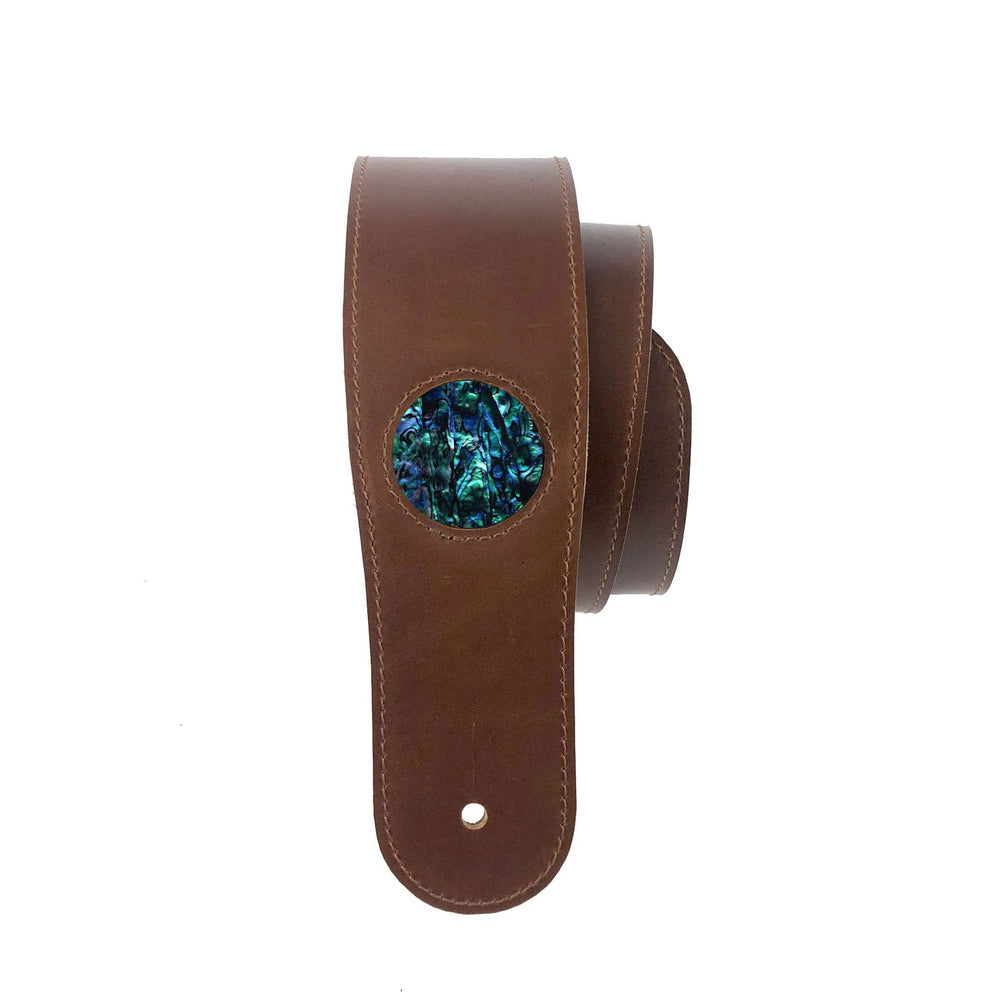Peter Frampton’s “Phenix” Les Paul: The Guitar That Rose From the Ashes
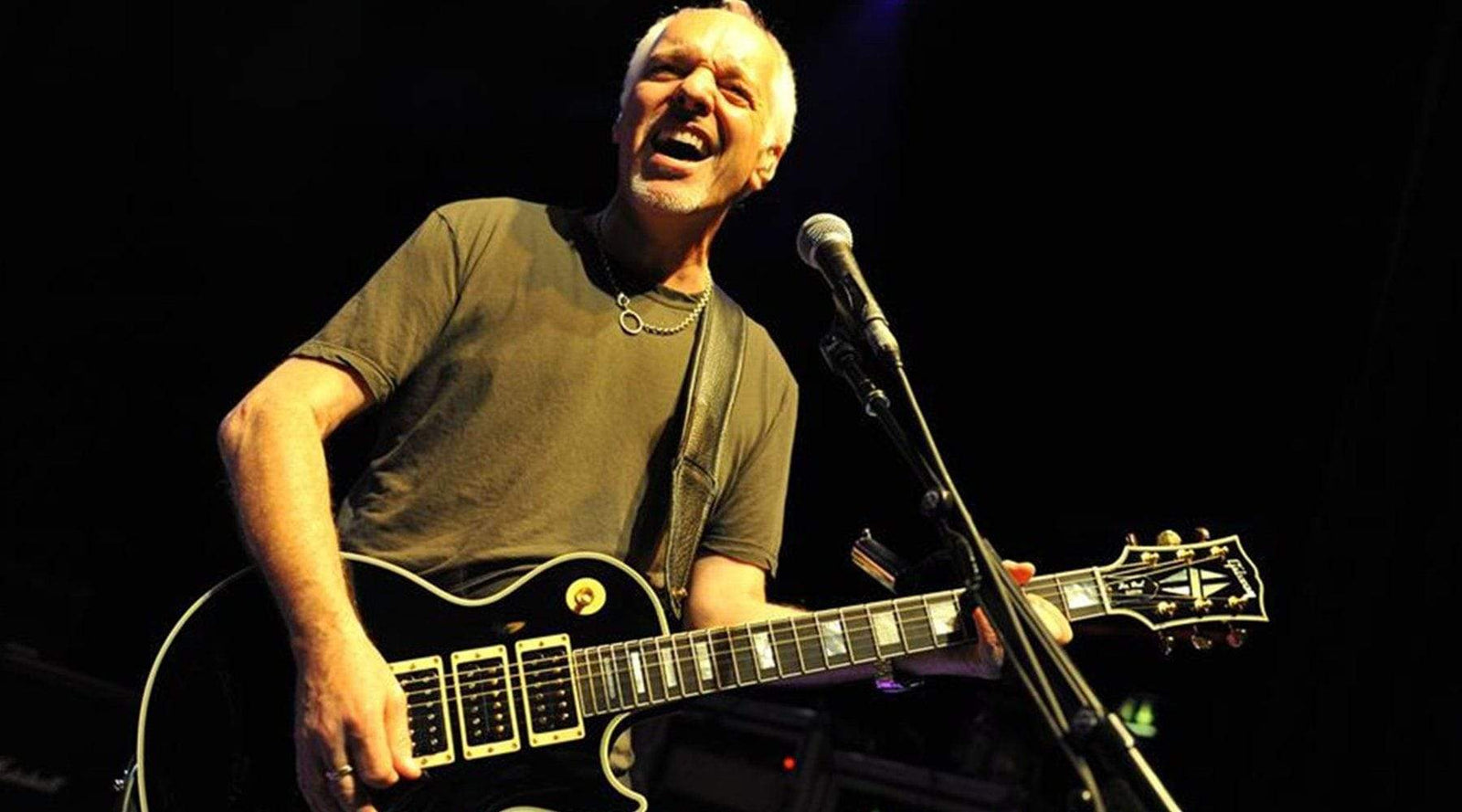
Even if you’re not a fan of his music, you’re probably familiar with Peter Frampton’s Gibson Les Paul, “Phenix.”
It’s the “Frampton Comes Alive!” guitar; the one that he plays on the album, and the one that he’s photographed with on the cover.
If you were alive during the late 1970s, you probably remember how much of a big deal “Frampton Comes Alive!” was. Selling a mind-blowing 16 million copies, it was the record – along with KISS’s “Alive!” – that cemented the idea of a double live album as a viable rock n’ roll product.
Any self-respecting suburban teenager’s record collection wasn’t complete without “Comes Alive!” circa 1976, and that cover photograph of Frampton rocking that Les Paul became an iconic and enduring image. For decades, it was thought that the Les Paul – along with most of Peter Frampton’s classic guitars – was destroyed in a tragic 1980 plane crash. But, 31 years later, the guitar and the guitarist were reunited in the most extraordinary of circumstances, truly living up to its phoenix namesake.
For decades, it was thought that the Les Paul – along with most of Peter Frampton’s classic guitars – was destroyed in a tragic 1980 plane crash. But, 31 years later, the guitar and the guitarist were reunited in the most extraordinary of circumstances, truly living up to its phoenix namesake.
Today, we’re going to share the story of the iconic “Phenix” guitar; how Frampton got it, lost it, and finally got it back.
Frampton meets the Phoenix
Peter Frampton’ association with “Phenix” goes back to 1970 and Humble Pie’s run at the legendary Fillmore West in San Francisco.
On the cusp of big things at the time, the west coast shows were key to the band breaking the American market.
But Frampton was having guitar trouble, with his Gibson ES-335 to blame.
Frampton had recently traded a ‘62 SG for the 335, a decision he was now regretting. The semi-acoustic was fine for rhythm work, but gave him a fair amount of grief when it came to lead breaks. “Every time I turned up for my solo it just fed back and this was totally demoralizing,” he later remembered.
At the end of his wick by the time the second Fillmore set ended, Frampton was approached by friend Marc Mariana, who offered a lend of his Les Paul for the following night’s show. Frampton wasn’t a Les Paul fan, but, desperate for a useable instrument, he took Mariana up on his offer.
 The guitar itself was a three pickup 1954 “Black Beauty” that Marc had modified to look like a ’57 Les Paul Custom. For Frampton, it was love at first play, and he ended up using the guitar for the entire Fillmore run:
The guitar itself was a three pickup 1954 “Black Beauty” that Marc had modified to look like a ’57 Les Paul Custom. For Frampton, it was love at first play, and he ended up using the guitar for the entire Fillmore run:
“I tried it for both sets that night and then I tried it the next night and the next night… and at the end of the engagement at the Fillmore West, I gave Marc the guitar back and said to him, ‘I know this is a silly question, but do you think you would ever sell this guitar?’ and he said, ‘No… I want to give it to you.’”
With that, the guitar was Frampton’s… for the next ten years at least.
The plane crash
 Over the next decade, the “Phenix” became Frampton’s number one axe. But, that all changed during a 1980 tour of South America.
Over the next decade, the “Phenix” became Frampton’s number one axe. But, that all changed during a 1980 tour of South America.
Frampton and his band had just played in Venezuela, Caracas. They had a day off the following day, so flew ahead to Panama. The band’s equipment was meant to follow by cargo plane, but it never made it.
As the band later found out, the plane had crashed on take-off. The crew were killed and the gear apparently destroyed.
“After I got over the shock of people losing their lives I began to think about the gear. Rodney [Frampton’s road manager] said, ‘Yeah, it’s all gone.’ It was a fireball. It was totally filled up with fuel and they couldn’t get near it for five hours. It was just like an H-bomb went off.”
Frampton sent his guitar tech down a week later to survey the wreckage, and sure enough, all that remained was a couple of wrecked Marshall cabinets and some burnt out guitar cases.
The “Phenix” Rises
For 31 years, it seemed like the Caracas plane crash was where the story of Frampton’s “Phenix” ended.
Then, in 2011, the guitarist received a surprise e-mail from someone in Holland, by way of a part-time Luthier from the island of Curaçao (40 miles off the coast of Caracas). In the message, he claimed that the “Phenix” had been brought into his workshop. What’s more, he’d forensically photographed every inch of the guitar.
“He took the pickups off, the tuners, he took everything apart so you could virtually see inside the guitar,” Frampton said, “that’s how I knew it was mine, because I’d been inside that thing so many times.”
The “Phenix,” once believed to be a charred wreck, was still very much intact. Frampton started playing detective and finally put the story together. It turned out that four of his guitars (a ’63 Precision Bass, a ’55 Strat, a white Les Paul and the “Phenix”) had survived the crash, but had been lifted by one of the first people on the scene, who decided to sell them.
Someone who lived on Curaçao bought the Les Paul, intending to learn the guitar, but didn’t keep it up. The instrument ended up gathering dust in his house for years until his teenage son expressed an interest in playing. The guitar, by this point, was in terrible shape so the son took it to the aforementioned luthier. Said luthier, who also happened to be a customs inspector, knew what he had straight away and contacted Frampton.
After 31 years, Peter Frampton finally knew the real story of his “Phenix” Les Paul, but it would be another year-and-a-half before the guitar was returned to him.
At first, there were problems with getting the kid to sell. It was 18 months before he agreed to part with the instrument. Then, there was the luthier’s own anxiety about handling the stolen guitar:
“The luthier was frightened that he could get arrested for receiving stolen goods,” Frampton remembered, “so instead of buying it himself, he went to the minister of tourism of Curaçao, who he knew because he was in the customs department, and explained the situation. So the government of Curaçao bought the guitar back for me for $5,000.”
Finally, after convincing the luthier that he wasn’t going to get the FBI involved, Frampton was able to arrange a handover in Nashville.
 “He brought the guitar in the room in the s--ttiest thin plastic cover, it’s not even a case. I knew before I even opened it that it was mine, it was wonderful.”
“He brought the guitar in the room in the s--ttiest thin plastic cover, it’s not even a case. I knew before I even opened it that it was mine, it was wonderful.”
And after being restored by the folks at the Gibson Custom Shop, the instrument went back into Frampton’s live rig, just in time for the “Frampton Comes Alive!” 35th anniversary tour:
“Now, I use it on every show - the least I use it on is “Do You Feel [Like We Do],” but [you’ll hear it on] any of the songs from “…Comes Alive.” So, basically, it’s better than it was, except it’s a little banged up.”
Living up to its namesake, the “Phenix” is a guitar that rose from the ashes, becoming the stuff of rock n’ roll legend in the process.
Have you ever been reunited with a long lost, treasured instrument? What are your memories of “Frampton Comes Alive!”? Share your stories in the comments.




